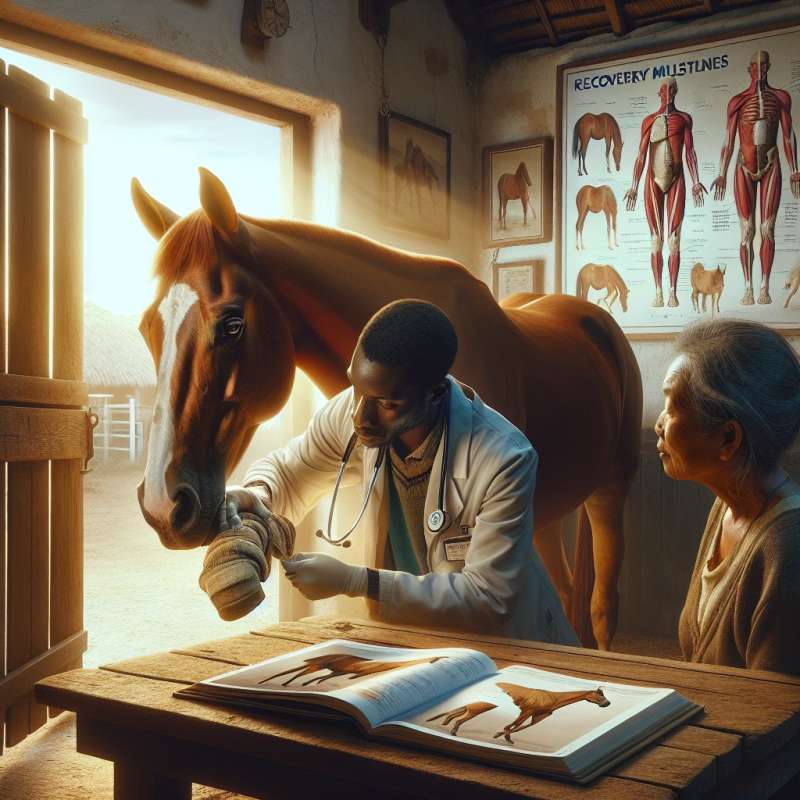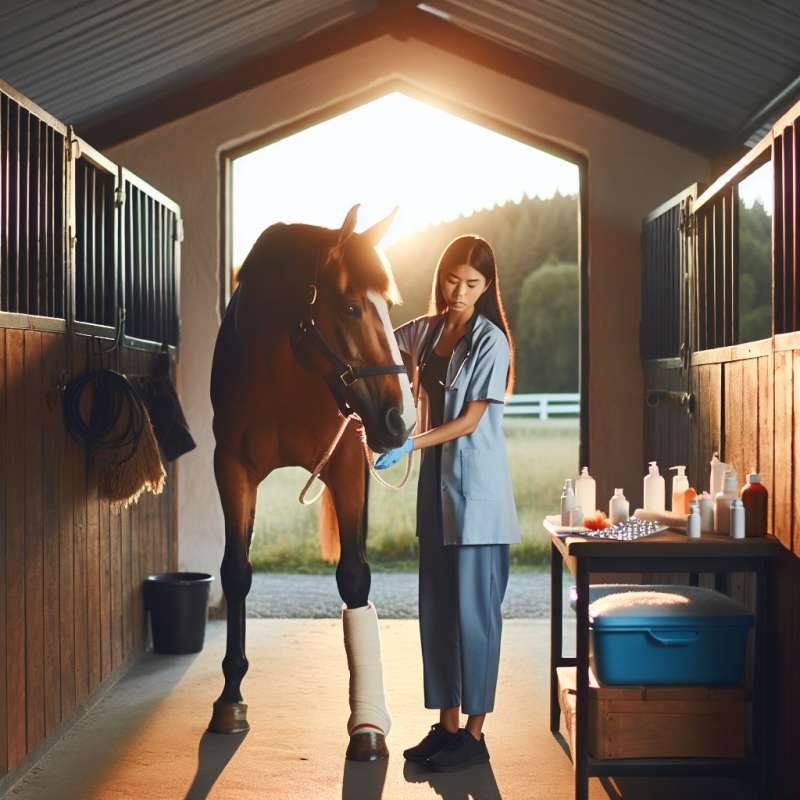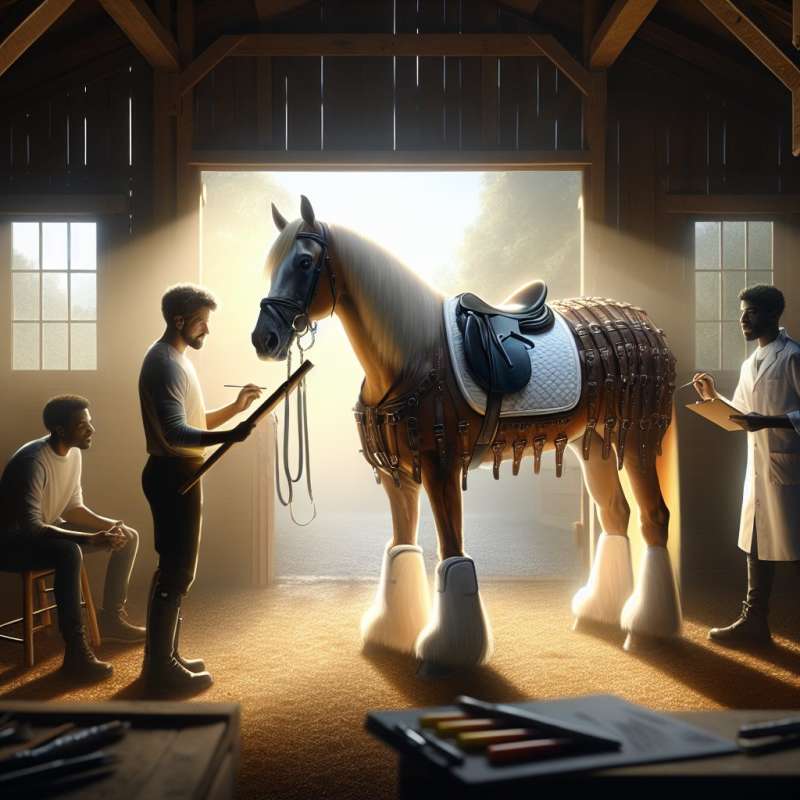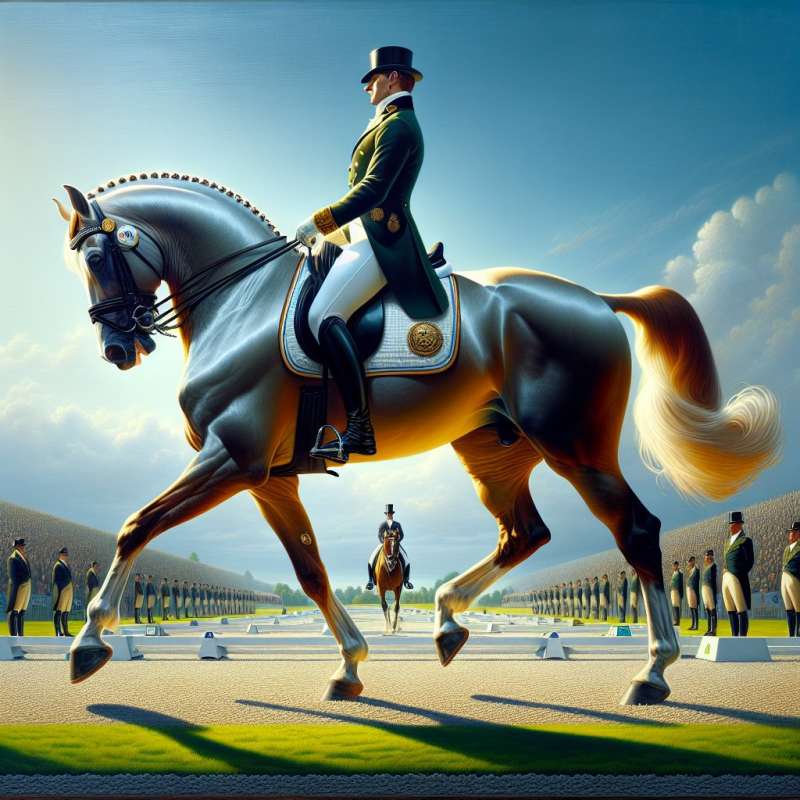
Understanding Kissing Spine
Kissing Spine refers to when a horse's vertebrae touch or overlap, causing pain. It's not the end of their career, but it requires careful management and treatment to continue working.
Diagnosis and Prognosis
Early diagnosis is crucial. With proper care, horses can often return to work, but the severity and the horse's response to treatment greatly affect the prognosis.
Treatment Options
Treatments range from rest, pain relief, anti-inflammatory drugs, to physical therapy and surgery. The chosen method depends on the case's severity and the horse's intended use.
Rehabilitation Process
Post-treatment rehabilitation involves a structured exercise regime to strengthen the back muscles, often including swimming or controlled lunging, and can take several months.
Workload Post-Recovery
Post-recovery, horses can often return to a normal workload, but it should be increased gradually. Frequent assessments are key to prevent re-injury.
Long-Term Management
Long-term management may include regular physiotherapy, changes in tack, and adjustments in training routines to maintain back health and prevent issues.
Success Stories
Many horses with Kissing Spine return to compete at high levels. Notable cases include elite showjumpers and dressage horses, showcasing the effectiveness of proper treatment.
What does Kissing Spine cause?
Overlapping vertebrae causing pain
Horse's career end
Immediate treatment refusal
Company